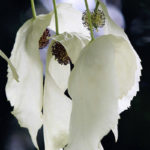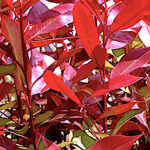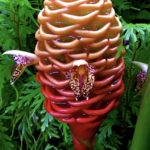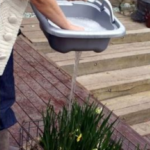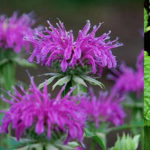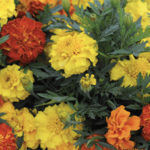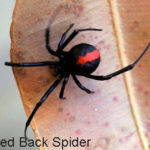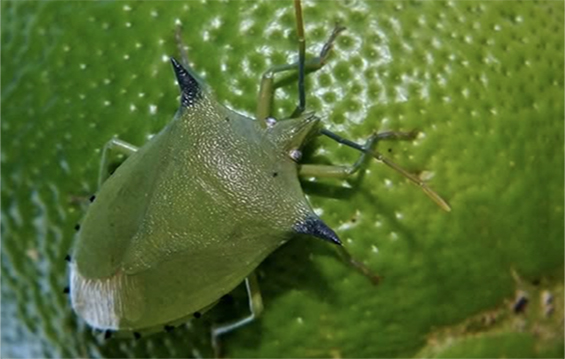
Spined Citrus Bug Fruit Care
Get to Know Spined Citrus Bug Better

The Spined citrus bug or biprorulus bibax is a pest of citrus fruits. This insect feeds on the fruits of mandarins, lemons and oranges and cause brown staining and drying of fruit segments or gumming on the fruit skin. This may result in the premature drop of citrus fruits. This insect is native to Australia. The insect became a pest in 1980’s. All the adult insects are green in colour and are 15 to 20 mm in length. On the dorsal side of the thorax, a small sharp pointed spine is seen that sticks out of each side in the shoulder area, hence the name Spined Citrus Bug. The adult, as well as the nymphs, feeds on citrus fruits. However, this insect prefers lemons over other citrus species. These bugs can pierce the rind of the citrus fruits of any stage. The adult bugs can fly and squirts a caustic liquid when disturbed or touched.
Spined Citrus Bug Lifecycle
The adult bugs lay eggs on the leaves, twigs or on fruits of the plant in clusters of 4 to 36. The lifecycle of the bug includes egg stage, nymphal stage, and adult stage. At the time of laying, the eggs are white in colour and get mottled with black or red colour as the development goes on. There are five nymph stages and the stages 1 to 3 may have black, orange green or yellow markings. Stages 4 and 5 will have green or black markings. The first nymph stage is seen as clusters on the empty egg shells and they disperse only after reaching the second nymphal stage. The ideal temperature for egg and nymphal development is 25 to 30 degrees Celsius. There will be 3-4 generations of the bugs in a year depending on the area and conditions. The female adults can last for about 18 months.
Damage Caused
The Spined citrus big damages the fruits by using their piercing and sucking mouth parts. Even a few bugs can cause heavy fruit loss in a citrus tree. The bugs usually attack half grown fruits and cause them to turn colour and prematurely fall. When the bugs attack fruits in later developmental stages the damage caused is drying, gumming and browning. The fruit may not fall off in this case.
How to Control?
All the controlling methods, how to get rid of Spined citrus bug. The best treatment time should be done when they are in the nymph stage. At the nymph stage, they cannot fly and hence it is easy to use the control measures. You can use vacuum cleaners to collect the sedentary nymphs. They can be picked by hand and squashed if they are few in number. Make sure that you use gloves and long sleeves and wear glasses when you pick and squash them. You can also use eco-friendly citrus or ornamental sprays to control the bugs. Any chemical control treatment should aim at the nymphal stages to get the best and long-lasting result. Do not use the sprays and horticultural oils on water stressed or heat-stressed plants. Spraying the nearby plants and trees with the sprays will prevent the chances of re-infestation.



